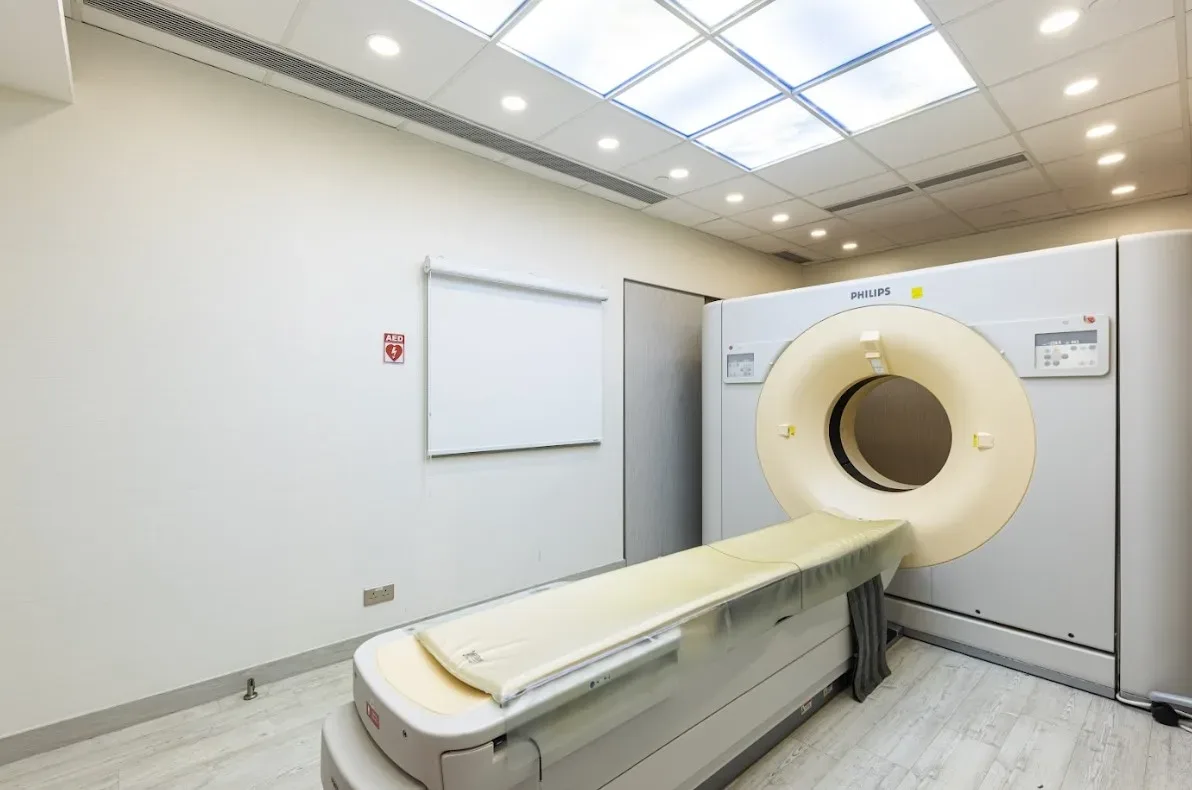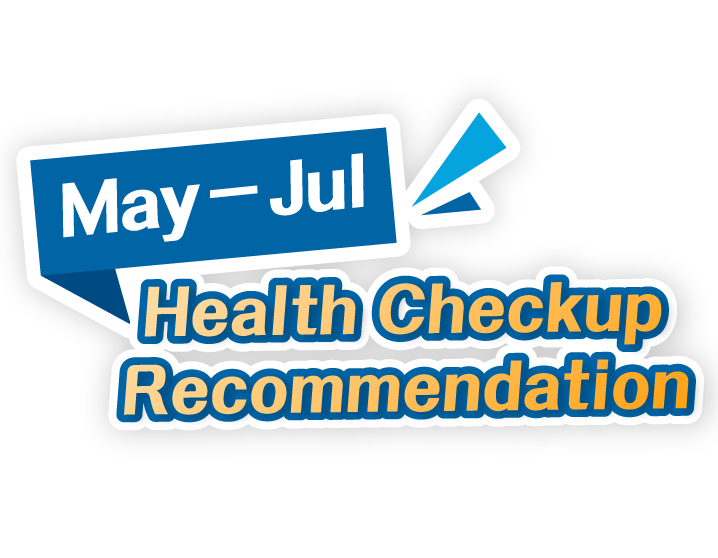- Home
- Precision imaging for precision medicine: CT scan
Precision imaging for precision medicine: CT scan
The Importance of CT Scan in Modern Medicine
CT scan, also known as computed tomography scan, is a medical imaging test that uses X-rays and computer technology to produce detailed images of internal structures. CT scan has become an essential tool in modern medicine, providing valuable information to healthcare providers that can be used to diagnose and monitor a wide range of medical conditions and injuries.
Diagnosing and Monitoring Medical Conditions
One of the primary uses of CT scan is to diagnose and monitor medical conditions. CT scan can produce highly detailed images of internal structures, allowing healthcare providers to identify abnormalities and diagnose conditions such as cancer, heart disease, and infections.
For example, CT scans are often used to diagnose and monitor lung cancer. The images produced by a CT scan can show the size and location of a tumor, as well as whether it has spread to other parts of the body. This information is critical for determining the most appropriate treatment options and monitoring the effectiveness of treatment over time.
CT scan can also be used to diagnose and monitor heart disease. The images produced by a CT scan can show the size and shape of the heart, as well as the location and severity of blockages in the arteries. This information is essential for determining the most appropriate treatment options, such as medication, lifestyle changes, or surgery.
Evaluating Injuries
CT scans are also a valuable tool for evaluating injuries, particularly those to the head, chest, abdomen, and other parts of the body. CT scan can provide detailed images of internal structures, allowing healthcare providers to identify fractures, bleeding, and other types of damage that may not be visible on a physical exam.
For example, CT scans are often used to evaluate head injuries. The images produced by a CT scan can show whether there is bleeding or swelling in the brain, which can be life-threatening if not treated promptly. CT scan can also be used to evaluate injuries to the chest, such as broken ribs or lung damage, and injuries to the abdomen, such as internal bleeding or organ damage.
Guiding Medical Procedures
In addition to diagnosis and monitoring, CT scan can be used to guide medical procedures such as biopsies and drainages. By providing a detailed view of internal structures, CT scan can help healthcare providers pinpoint the exact location of the procedure, reducing the risk of complications and increasing the chances of a successful outcome.
For example, CT scan can be used to guide a needle biopsy of the lung. The images produced by a CT scan can show the exact location of a suspicious nodule or mass, allowing the healthcare provider to insert the needle precisely and obtain a tissue sample for analysis. CT scan can also be used to guide a drainage procedure for an abscess or other fluid collection.
Assessing Treatment Effectiveness
CT scan can also be used to assess the effectiveness of treatments such as chemotherapy and radiation therapy. By comparing images taken before and after treatment, healthcare providers can determine whether a treatment is working and make adjustments as needed.
For example, CT scan can be used to monitor the effectiveness of chemotherapy in treating cancer. The images produced by a CT scan can show whether a tumor is shrinking or growing, allowing healthcare providers to adjust the chemotherapy dosage or switch to a different medication if necessary.
CT scan can also be used to assess the effectiveness of radiation therapy. The images produced by a CT scan can show whether the radiation is targeting the tumor accurately and whether the tumor is responding to the treatment.
Screening for Certain Conditions
CT scan can also be used to screen for certain conditions in some cases. For example, CT scan can be used to screen for lung cancer in individuals who are at high risk, such as heavy smokers. CT scan can also be used to screen for colon cancer in individuals who have a family history of the disease or other risk factors.
Screening with CT scan can help detect cancer at an early stage when it is more treatable, potentially saving lives. However, it’s important to note that the risks associated with CT scan should be carefully considered, and healthcare providers should make informed decisions about when to use this imaging technology.
Risks Associated with CT scan
While CT scans are a valuable tool in medical diagnosis and treatment, they do involve exposure to ionizing radiation. This radiation can increase the risk of cancer over time, particularly in individuals who have had multiple CT scans.
Therefore, healthcare providers should carefully consider the risks and benefits of CT scan before recommending them to patients. In some cases, alternative imaging tests such as ultrasound or MRI may be preferred.
However, it’s important to note that the risks associated with ionizing radiation from CT scan are generally low, and the benefits of CT scan often outweigh the risks. The amount of radiation exposure from a single CT scan is typically small, and the risk of developing cancer from a single CT scan is relatively low.
Conclusion
In conclusion, CT scans are an essential tool in modern medicine. They provide valuable information to healthcare providers that can be used to diagnose and monitor a wide range of medical conditions and injuries. CT scan can also guide medical procedures, assess the effectiveness of treatments, and screen for certain conditions.
While CT scan do involve exposure to ionizing radiation and should be used judiciously, the overall benefits of CT scan often outweigh the risks. Healthcare providers should carefully consider the risks and benefits of CT scan for each individual patient and make informed decisions about when to use this imaging technology. By using CT scan appropriately, healthcare providers can help improve patient outcomes and save lives


